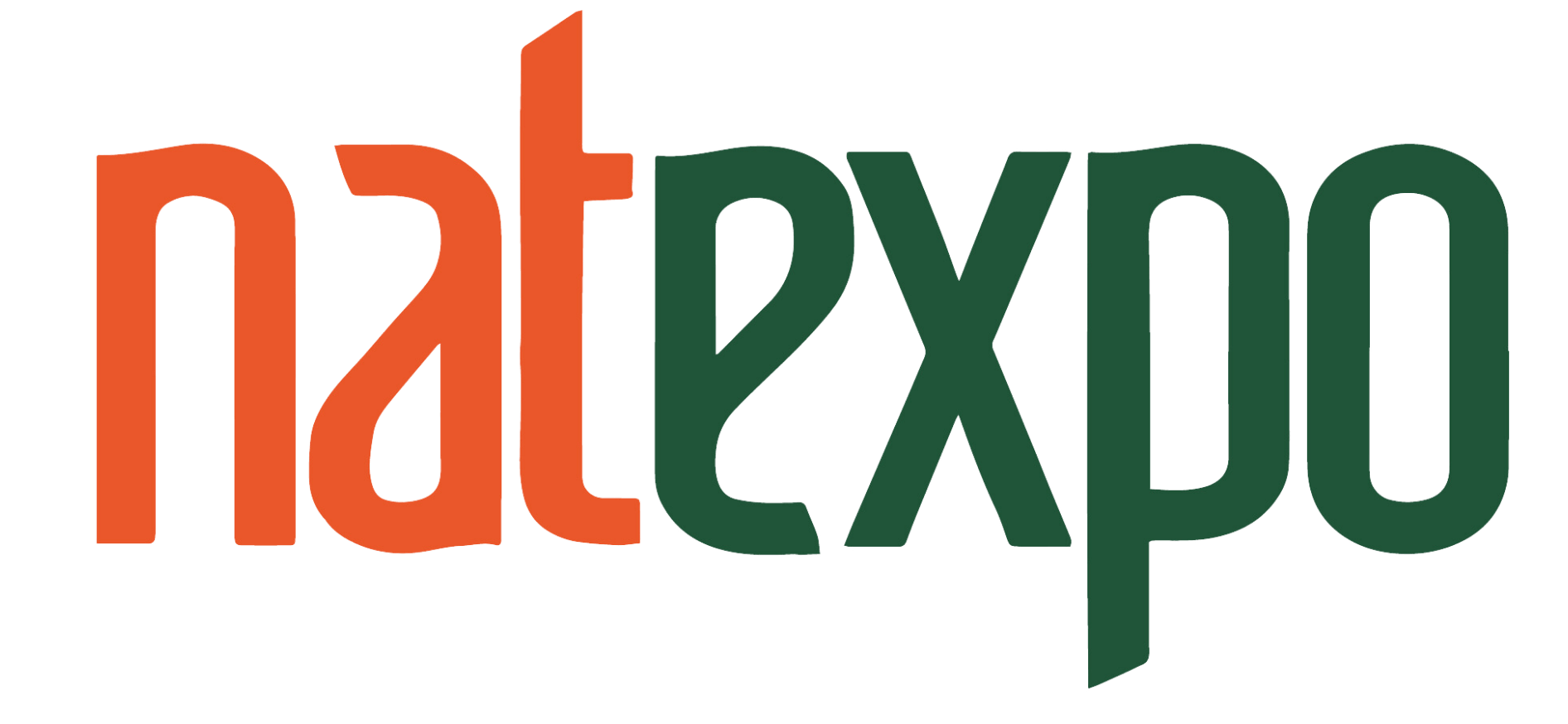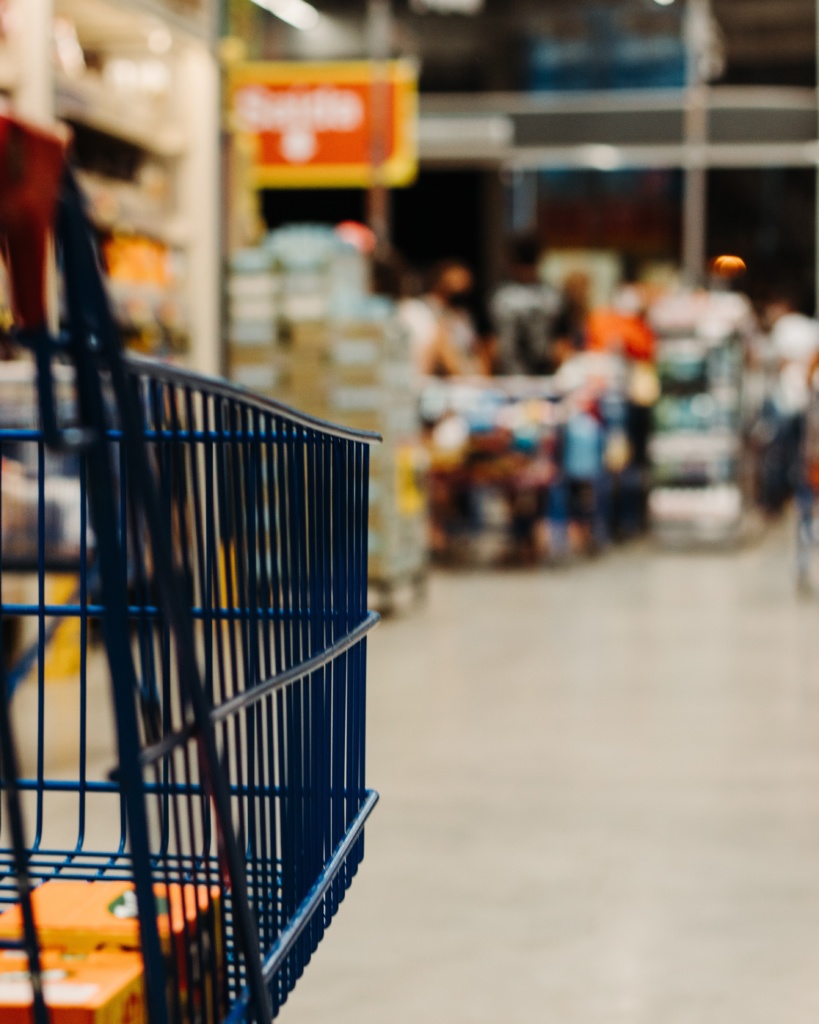by Philippe Delran, Publication Director, Bio Linéaires
The organic market in France is marked by distinct trends in each of its retail channels, namely mass retail (MR), specialist organic shops (SOS) and alternative grocery stores (AGS). Eash of these networks has a different influence on the organic sector, creating a landscape of many contrasts.
Mass retail (MR): a major player on the decline
Mass retail, the main sales channel for organic products, is continuing to reduce its range on offer while maintain its margins. This strategy, driven by profit rather than volume, has direct repercussions on the organic sector as a whole. Indeed, this contraction affects producers and processors who heavily rely on this retail channel: a situation that brings to mind the crises of 2002 and 2012, when similar adjustments destabilised the sector.
With this policy set to continue in 2024, the results of MR are expected to decline, leading to a difficult year for organic in this channel. The longer terms consequences could include loss of market share to more dynamic and innovative channels.
 Specialist organic shops (SOS): an encouraging upturn
Specialist organic shops (SOS): an encouraging upturn
In contrast, specialist organic shops are showing signs of recovery in comparison with a shrinking first half of 2023. The second half of 2024 will be crucial to confirming this positive trend. The growth displayed by SOS is mainly due to an improved range in terms of value for money and the introduction of affordable processed products.
Since the second quarter of 2023, the fruit and vegetable section has displayed good resistance and has even grown thanks to a positive perception of healthy products and prices. In addition, there are signs of growing demand for new and innovative products, which supports the development and renewal of the offerings of SOS. This trend should lead to 3-5% growth, taking sales to nearly 4 billion euros, a target figure that organic professionals have long been aspiring towards.
Alternative Grocery Stores (AGS): a growing role
The AGS segment, in spite of its diversity in terms of retail surface area (from 20 to 200 sqm) and average sales (€295,800) play a key role in organic product retail. Excluding the main chain in this channel, which offers a more restricted organic range, organic products account for 85 to 90% of the total food offering. For 2024, the AGS market is expected to be worth 249 million euros.
These grocery stores contribute to giving organic products a pleasant, eco-friendly and not-overly-expensive image, in part due to the loose and unpackaged goods offering. Their diversity and local establishment make them an important vector in spreading the appeal of organic products.
Conclusion
The organic market in 2024 will be marked by the lesser domination of mass retail, the consolidation of specialist organic shops, and a stronger affirmation by alternative grocery stores in their commitment to selling organically farmed products. While mass retail is liable to lose market share, specialist organic shops and alternative grocery stores will continue to reinforce their positions through high quality product ranges and competitive prices. This diversification of retail channels is a positive contributor to the resilience and sustainable growth of the organic sector in France.







 Specialist organic shops (SOS): an encouraging upturn
Specialist organic shops (SOS): an encouraging upturn